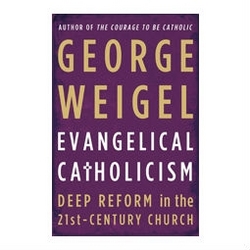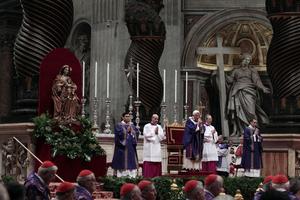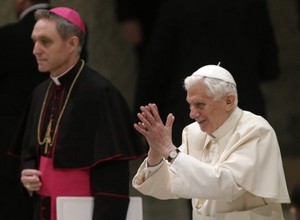Let me be presumptuous for a minute: I think few people spend much time considering a life of vice, sin, evil in their own lives. Personal darkness, “dead” salt as Pope Francis mentioned today in homily, is not high on people’s list of things. Many are quick –and I can be accused of this, too– point out the sin in another ignoring the fat elephant of in the living room in need of a wash or a diet. Do you think this is reasonable to say? My friend Henry told me once that people don’t like going to confession because they like their sins. True enough. I agree. But I also like reconciliation. Something new, something happens to my soul after a good confession of sins that no other experience is capable of imparting.
The point of conversion is to develop the better self, not to remain entrenched in a bitter way of seeing things. Lent was supposed to help me seeing things differently; now, perhaps Ordinary Time will lead me in the right direction.
I am across this paragraph from the Prologue from Ochrid that I found interesting and thought I would share. Chrysostom’s insight about vice and good works is correct from my own experience and from what I observe in others. Chrysostom is a heavy hitter.
We see that vice is something shameful and sinful in that it always hides and always takes upon itself the appearance of good works. St. John Chrysostom beautifully says: “Vice does not have its own particular face, but borrows the face of good works.” This is why the Savior said: “they come to you in sheep’s clothing, but inwardly they are ravening wolves” (St. Matthew 7:15). Call a liar, a liar; a thief, a thief; a murderer, a murderer; an adulterer, an adulterer; a slanderer, a slanderer and you will infuriate them. However, call a man whatever you want: honest, honorable, unselfish, truthful, just, conscientious and you will make him light up with joy and please him. Again, according to Chrysostom, I quote: “good works are something natural in man while vice is something unnatural and false.” If a man is even caught in a vice, he quickly justifies his vice by some good works; he clothes it in the garments of good works. Indeed, vice does not posses its own particular face. The same is true of the devil, the father of vices!








